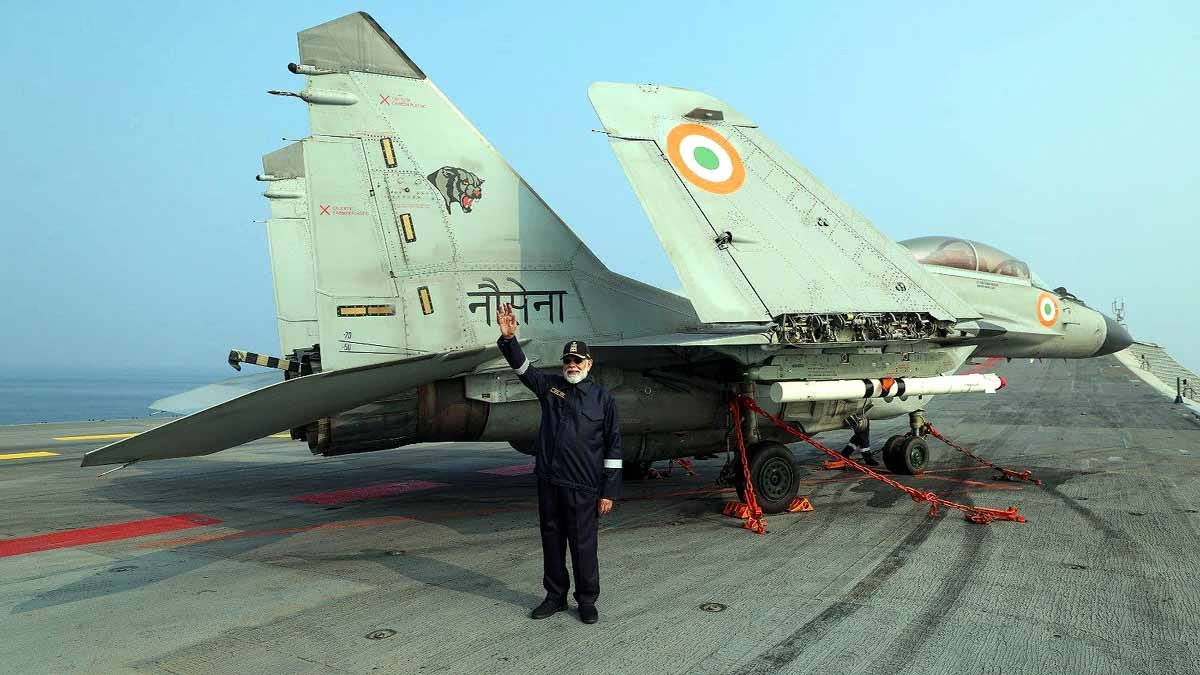On October 7, 2001, U.S. and British forces led a formidable bombing campaign against Taliban-governed Afghanistan. This monumental operation saw support from France, Germany, Australia, and Canada, with the Northern Alliance rebels opposed to the Taliban aiding the U.S. efforts.
The 2001 invasion of Afghanistan marked the start of the United States' 'War on Terror,' a conflict that endured for two decades, becoming the longest war in American history. Known as 'Operation Enduring Freedom,' it sought to dismantle Osama bin Laden's al-Qaeda network nestled within Afghanistan.
Post-9/11 Retaliation
The years of strife and instability paved the way for the rise of al-Qaeda and the devastating 9/11 attacks. Targeting extremist Taliban rule, the regime had governed since 1996, offering support and sanctuary to al-Qaeda while enforcing a harsh version of Islamic law across the country, with innumerable human rights violations against its people, particularly women and girls.
Taliban's Refusal to Hand Over bin Laden
In the weeks leading up to the invasion, both the U.S. and the United Nations Security Council demanded that the Taliban hand Osama bin Laden over for prosecution. Deeming the Taliban's proposals – including trying bin Laden in an Islamic court – unsatisfactory, the offensive began with air raids on October 12 targeting Taliban and al-Qaeda strongholds in Kabul, Kandahar, Jalalabad, Konduz, and Mazar-i-Sharif.
Coalition aircraft embarked on humanitarian missions to support Afghan civilians amidst the aerial campaign, which debilitated Taliban defenses, allowing a ground invasion by allied forces. The Northern Alliance contributed most troops, with the U.S. and allied nations providing air and ground support.
By November 12, a little over a month after military action began, Taliban forces and officials retreated from Kabul. Kandahar, the Taliban's last stronghold, fell by early December, with Taliban leader Mullah Mohammed Omar choosing to flee rather than surrender. Al-Qaeda fighters sought refuge in Afghanistan's rugged Tora Bora region, facing opposition from anti-Taliban Afghan forces backed by U.S. special forces.
Al-Qaeda's Ceasefire Strategy
Al-Qaeda soon initiated a ceasefire, believed to be a tactic allowing Osama bin Laden and key al-Qaeda members time to escape to neighboring Pakistan. By mid-December, the bunker and cave complex in Tora Bora had been captured, yet bin Laden's whereabouts remained unknown.
In the aftermath, a grand council of Afghan tribal leaders and former exiles convened under the leadership of Hamid Karzai, who later became Afghanistan's first democratically elected president on December 7, 2004, serving initially as an interim leader.
How Osama bin Laden was Ultimately Neutralized
As Afghanistan took its initial strides towards democracy, al-Qaeda and Taliban forces began regrouping in the mountainous border regions between Afghanistan and Pakistan. After a decade-long manhunt, bin Laden was finally located and killed in Pakistan by U.S. Navy SEALs on May 2, 2011.
1949
: A constitution was enacted in Germany's Soviet-occupied zone, establishing the nation of East Germany. In 1990, East and West Germany reunited.
1586
: Mughal Emperor Akbar's forces entered Kashmir.
1737
: A catastrophic storm wrecked 20,000 small boats in Bengal, claiming approximately 300,000 lives.
1840
: Willem II ascended as King of the Netherlands.
1950
: Mother Teresa founded the Missionaries of Charity in Kolkata.
1959
: The Soviet spacecraft Luna 3 captured the first images of the moon's far side.
1992
: India's Rapid Action Force was established to maintain public order.




